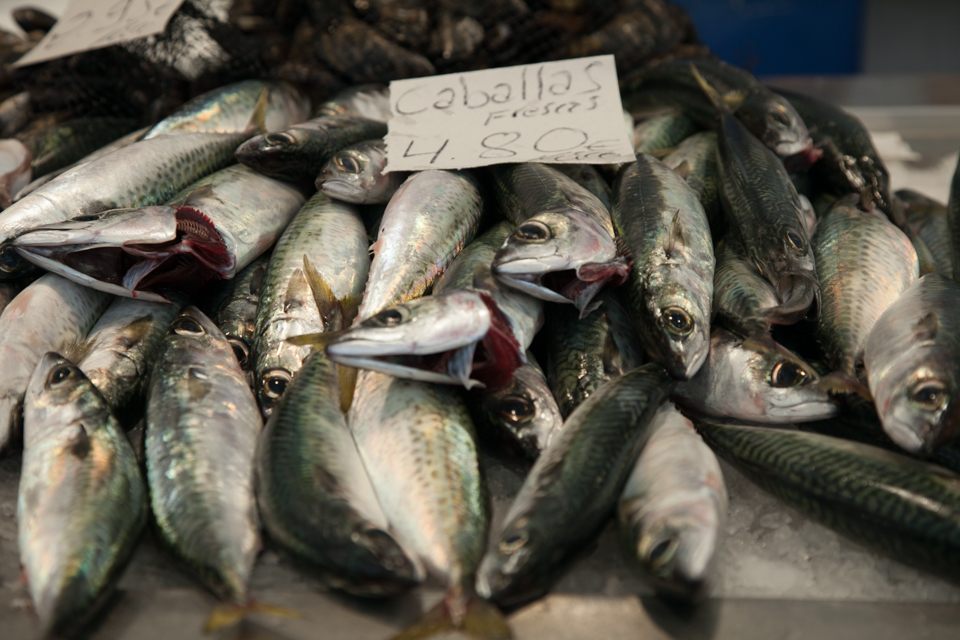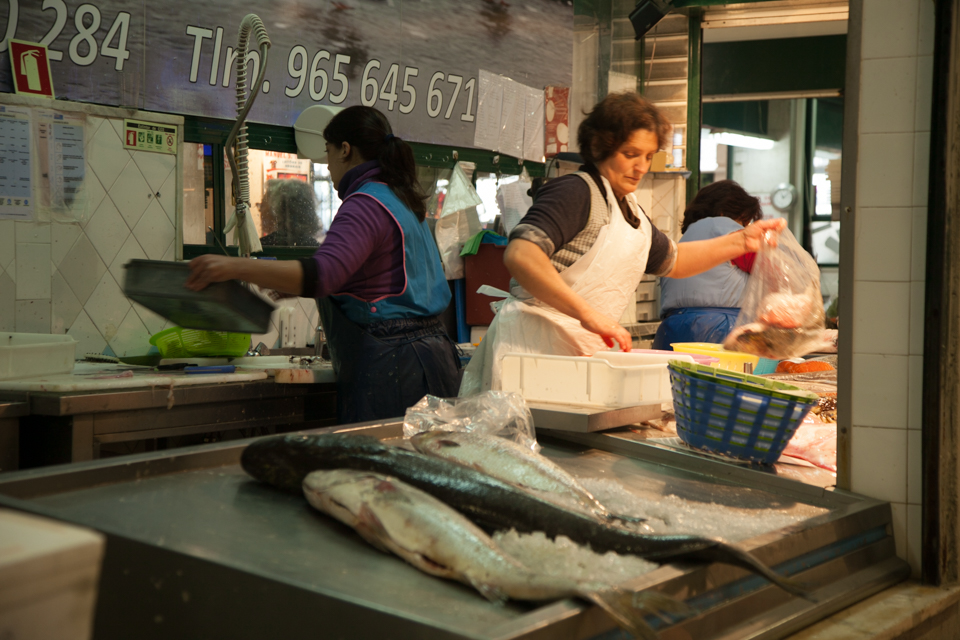Another New Year and another opportunity to make some resolutions. My resolutions always revolve around organisation so I’m proud to say that I’ve already got off to a good start. If you check on the navigation bar under FOOD BLOG you will see that there is now a RECIPE INDEX. Clicking this will take you a page where you can quickly find any recipe I’ve posted . No more endless irritating scrolling! Check it out….
After all the holiday over eating, I’m opting now for a slightly lighter, healthier diet and what could be lighter and healthier than fresh fish. The idea of cooking fish sends a lot of people into a panic. Whereas meat and chicken leave a lot of margin of error, fish seems to be a bit in the make it or break it category. There’s nothing more disappointing than an overcooked fish. So, what’s the trick? How can you be sure to get it right?
 Firstly, it’s important that your fish is perfectly fresh. You can tell if it’s fresh by looking at its eyes and its gills. The eyes need to be bright and shiny and in no way sunken. Sunken eyes = old fish. And the gills should be bright pink and moist. Also check the flesh. It should feel firm and slightly bouncy. If you are buying steaks or fillets then you need to check that the flesh is solid and moist. If the flesh is separating then it’s not a good sign. And obviously, use your nose. Fish should not smell fishy.
Firstly, it’s important that your fish is perfectly fresh. You can tell if it’s fresh by looking at its eyes and its gills. The eyes need to be bright and shiny and in no way sunken. Sunken eyes = old fish. And the gills should be bright pink and moist. Also check the flesh. It should feel firm and slightly bouncy. If you are buying steaks or fillets then you need to check that the flesh is solid and moist. If the flesh is separating then it’s not a good sign. And obviously, use your nose. Fish should not smell fishy.
And secondly, it’s important not to overcook fish or you will dry it out. Watch to see the eyes turn white. Also keep your eye on the cut area of the gut cavity which will become opaque as the fish cooks. Touch the skin. You should be able to tell from the texture and most importantly, given that its easier to overcook than undercook a fish, don’t cook it for too long.
One of the simplest and nicest ways to cook a whole fresh fish is a la plancha. A plancha is a heavy flat pan. It is similar to a a skillet but has no sides so no moisture builds up inside. Our simple inexpensive plancha (Carrefour), which sits directly on the gas burner, has become one of my favourite cooking utensils. I can use it for almost everything. You can get away with much less oil than in a regular frying pan as it builds up a lot of heat yet doesn’t make things stick.
Pan Seared Red Snapper with Sumac
Serves 2. Cooking time: 12-15 mins.
Ingredients
2 whole red snapper weighing approx 350-400 grams each (or any other whole fresh fish)
coarse grain salt
black pepper
1 dried chili
olive oil
lemon and chopped parsley to finish
Method
- Sprinkle some coarse salt and sumac and black pepper onto and inside your fish
- Heat the pan. Pour on a little olive oil and a sprinkling of coarse grain salt.
- Throw on the dried chilli. Let it cook a bit to release some flavour then remove it.
- Place the fish onto the hot oil and salt and cook for about 3-4 minutes each side, twice, i.e cook both sides twice. This way you won’t burn the skin. Just be careful when you turn it. Be gentle.
- Remove from the heat and sprinkle on some chopped parsley and serve with wedges of lemon.
Please note, this is a basic cooking method and you can use it whether or not you have sumac (or a griddle pan) If you don’t have sumac, try replacing it with some lemon zest and dill. It will be just as delicious.



Nicolas says
Looks tasty. Fish can be bought Tuesday to Saturday in El Puerto 🙂
Geraldie Toltschin says
Hi Sharon, are you in Puerto?
A Very Happy New Year !
Where are you getting sumac?
XO Geraldine
Sharon says
Hi Geraldine. Yes…Im in Puerto again. Sumac…I buy in Ramson’s in Gibraltar. It’s actually a very good one as there are two varieties of sumac and the one he sells is the best. Let me know if you would like me to pick some up next time I go…